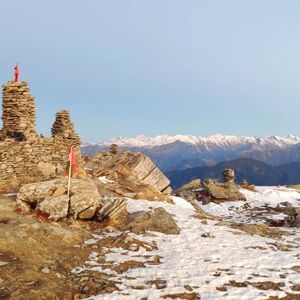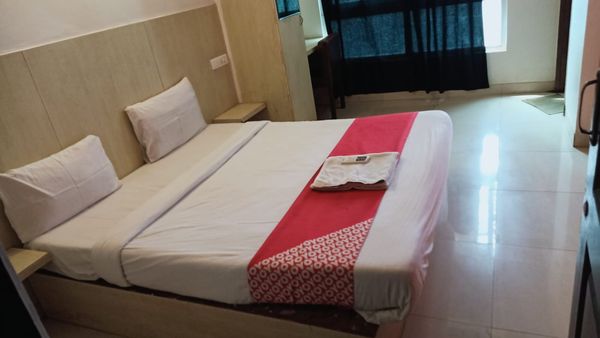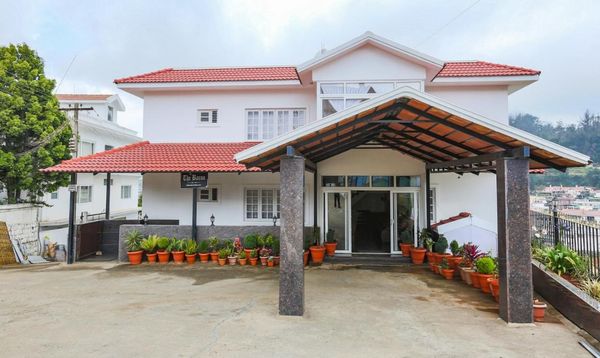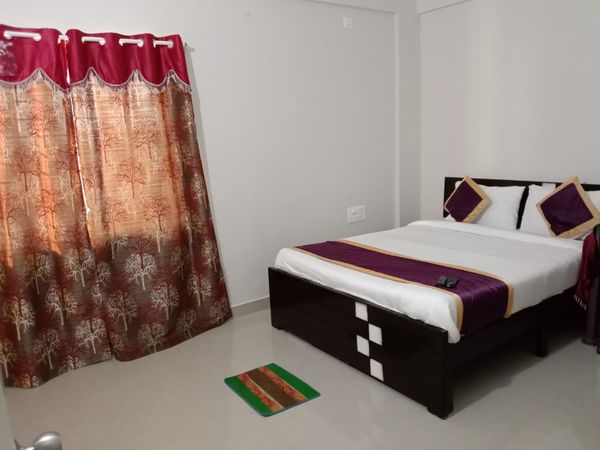When is the Best Time to Go for the Kedarkantha Trek – A Complete Guide for Trekkers
 Ashish Rawat
25 Jul, 2025
9 mins read
36
Ashish Rawat
25 Jul, 2025
9 mins read
36

Kedarkantha trek is one of the most popular winter treks in India. Located in the Uttarkashi district of Uttarakhand, the easy to moderate trail offers a perfect mix of adventure, beauty, and serenity. Whether you are a beginner or a seasoned trekker, Kedarkantha is a great choice. One of the most common questions people ask is - what is the best time to go for the Kedarkantha trek?
In this guide, we will walk you through the different seasons, what to expect during each of them, and help you decide the best time for your trip.
Why Kedarkantha is a Popular Trek
Before we dive into the best time, let us understand what makes Kedarkantha so special. The trek reaches a height of about 12,500 feet and is known for its feature of easy to moderate trail, stunning views of the snow-covered Himalayas, beautiful forest trails, frozen lakes, and peaceful campsites. It is also suitable for beginners, making it ideal for anyone wanting to experience Himalayan trekking for the first time.
Kedarkantha trek is also loved for its well-marked trail and steady elevation, which makes it easier to adapt to the changing altitude. The route passes through charming villages, dense pine and oak forests, and wide open clearings perfect for camping. Each campsite offers a unique experience, whether it's stargazing at Juda Ka Talab or waking up to sunrise views at the base camp. The combination of natural beauty, cultural glimpses, and manageable difficulty of easy to moderate level trails makes Kedarkantha a top choice for trekkers across all age groups.
Kedarkantha Trek in Different Seasons
Each season offers a different experience. Let us explore how the trek looks during various times of the year.
Winter Season (December to March) - The Classic Snow Trek
This is considered the best and most popular time for the Kedarkantha trek. The region receives good snowfall during these months, turning the trail into a winter wonderland. Snow blankets the pine trees, the campsites look magical, and the summit gives a breathtaking view of snow-capped peaks like Swargarohini, Black Peak, and Bandarpoonch.
Pros:
- Ideal for snow trekking
- Stunning snow views
- Clear skies and sharp mountain views
Things to Keep in Mind:
- Be prepared for cold temperatures, which can go as low as -10 °C at night
- Carry proper winter clothing and gear
Spring Season (April to Mid-May) - Melting Snow and Blooming Forests
If you want to enjoy slightly warmer weather while still getting some snow at the top, this is a great time. As the snow begins to melt, the forests come alive with fresh greenery and blooming rhododendrons. It is a peaceful time with fewer trekkers on the trail.
Pros:
- Mild weather conditions
- Forests are lush and scenic
- Some snow remains on higher altitudes
Things to Keep in Mind:
- Trails can be muddy as the snow melts
- Fewer groups mean a quieter experience
Summer Season (Mid-May to June) - Warm and Green
During this time, most of the snow has melted, and the trek offers a completely different landscape. Green meadows, open sky, and forest trails make it feel like a nature walk rather than a snow trek. It is a good time for those who want to avoid harsh cold conditions.
Pros:
- Comfortable daytime temperatures
- Clear and stable weather
- Great for photography and nature lovers
Things to Keep in Mind:
- Might not feel like an adventure to those expecting snow
- Campsites may get warm during the day
Monsoon Season (July to September) - Not Recommended
The Kedarkantha trek is usually not done during the monsoon season. Heavy rains make the trails slippery and risky. Landslides in the region are also common, and road access becomes difficult. Most trekking organizers do not operate during this time.
Pros:
- Lush greenery everywhere
- No crowds
Things to Keep in Mind:
- High risk of landslides
- Slippery and dangerous trails
- Not advised unless you're highly experienced
Autumn Season (October to November) - Clear Skies and Fresh Air
After the monsoon ends, the weather turns crisp and dry. The skies are clear, making it one of the best times for panoramic mountain views. The forest is full of golden leaves, and the trail is dry and easy to walk on.
Pros:
- Best views of the mountains
- Great lighting for photography
- Comfortable temperatures
Things to Keep in Mind:
- Nights start getting colder
- No snow yet, if that is what you are hoping for
So, What is the Best Time to Go?
While the Kedarkantha trek can be done for most of the year, December to March is the most recommended time if you're looking for the iconic snow trek experience. The landscape is straight out of a postcard, and the experience feels magical. However, if snow is not a must for you, spring and autumn are also great choices.
Tips for a Better Kedarkantha Trek Experience
- Pack according to the season. Winters require heavy jackets, thermals, gloves, and snow boots.
- Stay hydrated. Even in cold weather, dehydration can happen.
- Choose a good trekking company if you are a beginner.
- Carry basic medicines for altitude sickness, cold, or pain relief.
- Train your body. Even though Kedarkantha is under the category of easy-moderate, some level of fitness helps.
Final Thoughts
Kedarkantha is a trek that offers a rewarding experience no matter when you go. Whether you want to walk on fresh snow, watch golden sunrises from the summit, or enjoy the sounds of nature in peace, this trek has something for everyone. The best time depends on your personal preference - snow, greenery, or autumn colors.
Choose your season, pack your bag, and get ready for an unforgettable journey in the Himalayas.
Written By:
Ashish Rawat



Hotels at your convenience
Now choose your stay according to your preference. From finding a place for your dream destination or a mere weekend getaway to business accommodations or brief stay, we have got you covered. Explore hotels as per your mood.


